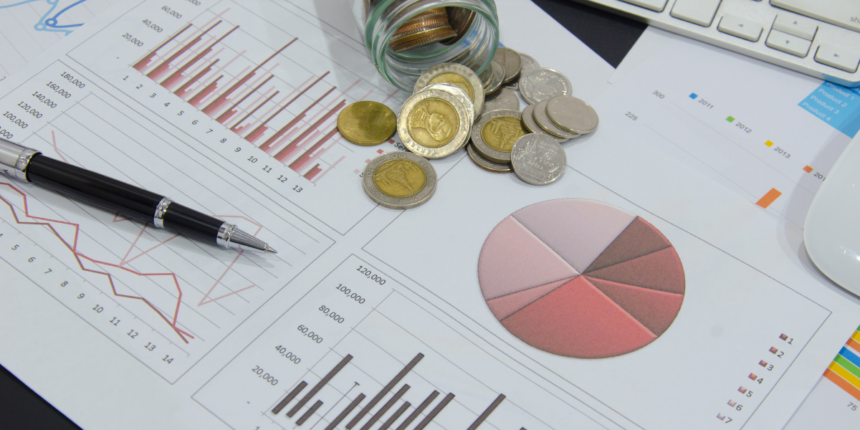Dividend stocks continue to be a valuable asset for investors seeking both income and potential growth. Offering consistent dividends along with capital gains, these stocks provide a means to enhance the overall returns of a portfolio. Investors, including those with significant wealth, are drawn to dividend stocks due to their ability to generate steady income while also appreciating in value over time. This dual benefit makes them a favored choice for both small and large-scale investors looking for reliable investment options.
What Makes Dividend Stocks Attractive to Billionaires?
Billionaire investors have long been known to include dividend stocks in their portfolios. The study by Hartford Funds highlights that dividends have contributed to 85% of the S&P 500’s total return since 1960. This reflects the substantial impact dividends have on overall investment returns. Billionaire Warren Buffett, for example, receives approximately $6 billion annually in dividends through Berkshire Hathaway. While Buffett does not specifically target dividend stocks, they form a substantial part of his investment strategy.
How Do Analysts Gauge the Performance of Dividend Stocks?
A critical metric for evaluating dividend stocks is the payout ratio, which indicates the proportion of earnings distributed as dividends. A lower payout ratio suggests a company retains more profits for reinvestment, potentially leading to future dividend increases. For instance, Sirius XM Holdings and Chubb, with payout ratios of 30% and 15% respectively, represent stocks with potential for dividend growth. Such stocks are appealing to investors who prioritize sustainable income alongside capital growth.
In earlier reports, high dividend growth rates were emphasized as another key consideration for investors. Companies that regularly increase dividends tend to outperform others. According to Hartford’s findings, stocks with rising dividends offer significantly higher returns than those that do not. Microsoft (NASDAQ:MSFT) and Humana, both exhibiting strong track records of dividend growth, attracted considerable interest from billionaire investors in the second quarter.
Additionally, return on invested capital (ROIC) serves as a valuable metric for assessing how effectively a company utilizes investor capital to generate profits. High ROIC indicates efficient capital management, a trait valued by investors. Apple (NASDAQ:AAPL), with its ROIC over 42%, and Nvidia, with an ROIC of 109%, are examples of companies where billionaires have invested heavily due to their impressive returns on capital.
The focus on dividend-producing stocks by billionaires underscores the importance of these investments in achieving long-term financial goals. Investors should consider factors such as payout ratios, dividend growth rates, and ROIC when evaluating potential stocks. These metrics can help identify companies capable of delivering consistent returns and capital growth. By understanding these key indicators, investors can make informed decisions to optimize their portfolios and achieve their desired financial outcomes.










